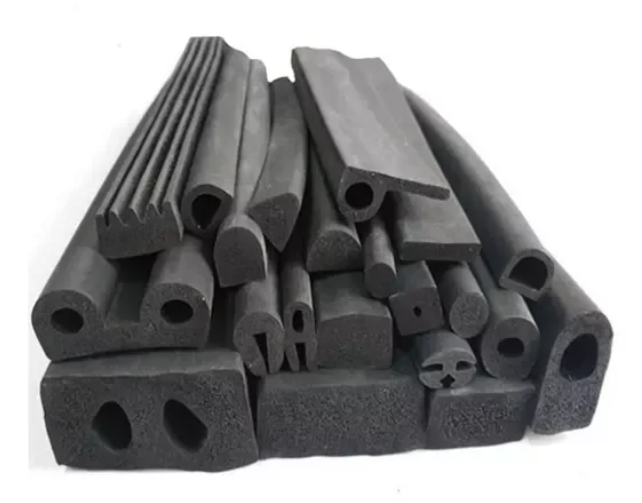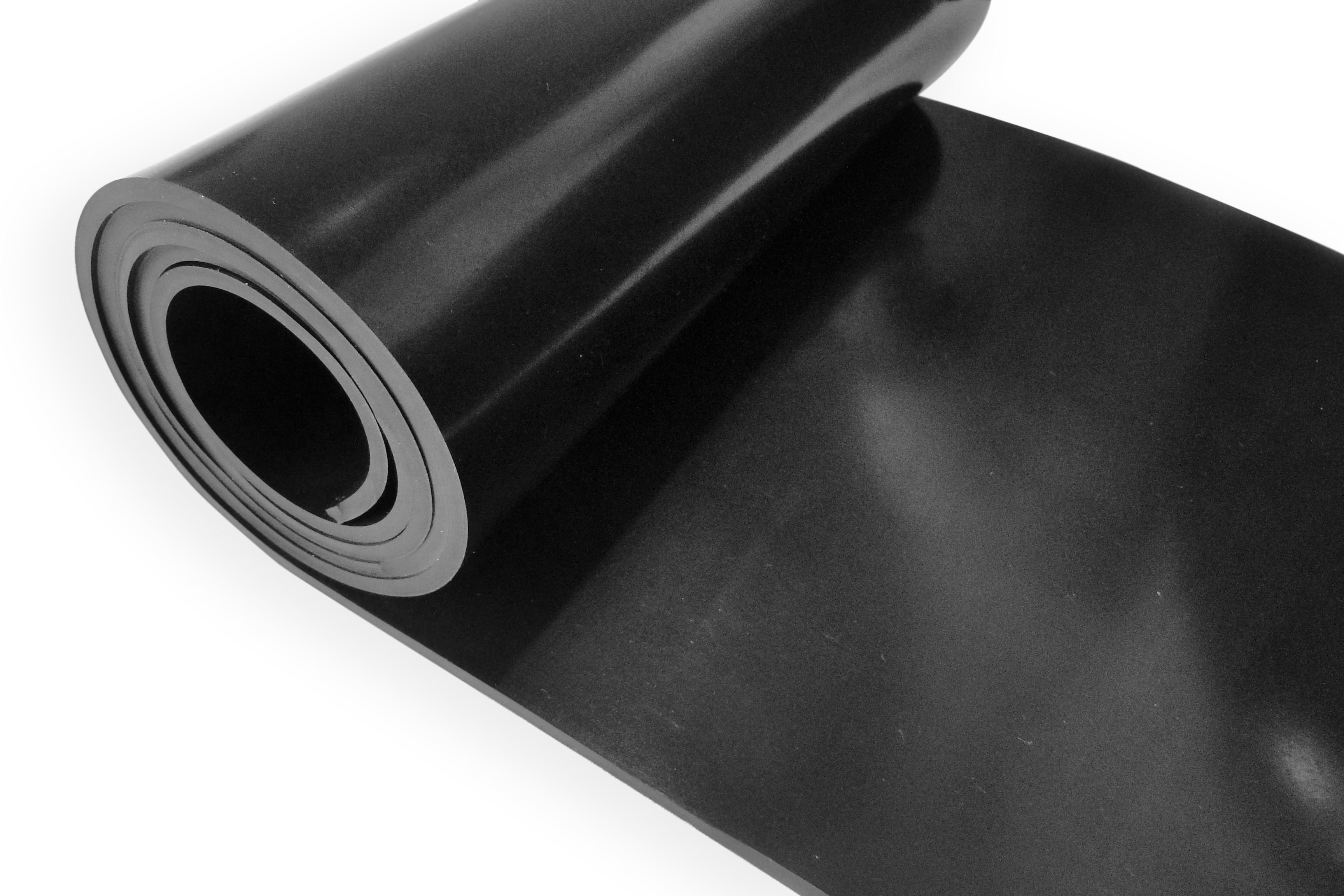Most Common Rubber Materials in Cars: Top 5 Breakdown
Rubber components are integral to a vehicle's functionality, contributing to sealing, vibration dampening, fluid conveyance, and overall performance. The specific type of rubber used depends heavily on the application, with each material offering unique properties like resistance to temperature, chemicals, and wear. FuQiang, with [Number] years of experience providing wiring and sealing solutions to the automotive sector, has assessed the top 5 most common rubber materials used in cars and their primary applications. Given our expertise in integrating various materials for optimal performance, here's a detailed breakdown:
FuQiang's Material Science Expertise: Why Trust Our Assessment?
FuQiang isn't just focused on wiring; we understand the crucial interplay between electrical systems and other materials in automotive applications. We routinely assess and select the best materials, including rubber, to ensure the reliability and longevity of our products. We thoroughly research and test materials based on industry standards. We aim to help you understand the array of materials in automotive manufacturing with our assessment:
Understanding Rubber's Role: Beyond Just Tires
While tires might be the first thing that comes to mind, rubber components are found throughout a vehicle, performing critical functions in various systems. Choosing the right rubber is essential for durability and performance. Here are five of the most common types used in the automotive industry:
Top 5 Rubber Materials in Cars: A Comprehensive Breakdown
| Material | Key Properties | Common Automotive Applications | Considerations |
| 1. EPDM | Excellent weather resistance, ozone resistance, heat resistance, good flexibility. | Seals (door, window, sunroof), gaskets, hoses (water, coolant), weatherstripping, vibration dampening pads, bushings, protective boots. | Generally not suitable for applications involving exposure to oils and fuels. Excellent for exterior components. |
| 2. NBR (Acrylonitrile Butadiene Rubber) or NBR+PVC blend | Good oil resistance, fuel resistance, abrasion resistance, moderate temperature range. | Oil seals, fuel hoses, fuel tank linings, O-rings, engine intake ducts (especially when blended with PVC for improved weatherability). | Can become brittle at very low temperatures. PVC blending enhances weather resistance but can reduce oil resistance. |
| 3. NR+BR (Natural Rubber + Butadiene Rubber) or NR+SBR (Styrene-Butadiene Rubber) | High elasticity, good abrasion resistance, excellent dynamic properties. | Tires, bushings, shock mounts, suspension components, vibration isolators, engine mounts. | NR offers superior resilience but is less resistant to ozone and weathering. SBR improves wear resistance and cost-effectiveness. |
| 4. CR (Chloroprene Rubber - Neoprene) | Moderate oil resistance, good weather resistance, flame resistance, good physical strength. | Oil seals, hoses (fuel, coolant), engine intake ducts, CV joint boots, shock absorber seals. | More expensive than NBR but offers a better balance of properties for a wider range of applications. |
| 5. FKM (Fluoroelastomer - Viton) | Excellent oil resistance, fuel resistance, chemical resistance, high-temperature resistance. | High-performance fuel hoses (especially those immersed in fuels/oils), O-rings for fuel systems, seals for high-temperature applications. | Most expensive of the listed materials. Reserved for critical applications where superior resistance to harsh chemicals and high temps are essential. |
Deep Dive into Automotive Rubber: Understanding Key Applications
Let's delve deeper into the specific uses of these rubber materials within automotive applications, highlighting the properties that make them suitable for each role.
1. EPDM: The Weather Warrior for Seals and Hoses
EPDM (Ethylene Propylene Diene Monomer) rubber stands out for its exceptional resistance to weathering, ozone, and heat, making it an ideal choice for exterior automotive components.
Sealing Applications: EPDM's flexibility and resistance to degradation make it perfect for door seals, window seals, and sunroof seals. These seals prevent water, wind, and noise from entering the vehicle cabin.
Hose Applications: In cooling systems, EPDM hoses transport coolant between the engine and radiator. Its heat resistance ensures it can withstand high temperatures without cracking or deteriorating.
Vibration Dampening: EPDM is also used in vibration dampening pads, bushings, and protective boots, reducing noise and harshness in the vehicle.
FuQiang's Perspective: Choosing the correct grade of EPDM is critical. Factors like UV exposure levels and expected temperature ranges must be considered to guarantee lasting performance.
![微信图片_20251013164817_61_62]()
2. NBR (and NBR+PVC): The Oil and Fuel Resistance Champion
NBR (Acrylonitrile Butadiene Rubber) excels in its resistance to oils and fuels, making it essential for applications involving contact with these fluids.
Sealing Applications: NBR is commonly used in oil seals, preventing oil leaks from the engine and transmission.
Hose Applications: Fuel hoses utilize NBR to safely transport gasoline and diesel fuel.
Engine Intake Ducts: Blending NBR with PVC enhances its weather resistance for engine intake ducts that guide air into the engine.
FuQiang's Perspective: When selecting NBR, consider the operating temperature range. Blending with PVC enhances certain properties but can impact oil resistance. FuQiang carefully assesses these tradeoffs when designing integrated systems.
![nbr]()
3. NR+BR/SBR: The Tire and Vibration Control Masters
Natural Rubber (NR) combined with Butadiene Rubber (BR) or Styrene-Butadiene Rubber (SBR) provides the necessary elasticity and abrasion resistance for tires and vibration control components.
Tire Construction: These rubber blends form the main body of tires, providing grip, durability, and a comfortable ride.
Bushings and Mounts: NR+BR/SBR are used in bushings and engine mounts, absorbing vibrations and reducing noise transmitted to the cabin.
Suspension Components: These blends are also found in suspension components, contributing to vehicle handling and ride quality.
FuQiang's Perspective: The blend ratio of NR with BR or SBR is crucial to fine-tuning the tire's performance characteristics, balancing grip, wear, and rolling resistance.
4. CR (Chloroprene Rubber - Neoprene): Versatile Performance
Chloroprene Rubber (CR), also known as Neoprene, provides a good balance of oil resistance, weather resistance, and physical strength, making it a versatile option for various automotive applications.
Sealing Applications: CR is used in oil seals and shock absorber seals, offering reliable performance in challenging conditions.
Hose Applications: CR hoses are suitable for both fuel and coolant transport, providing moderate resistance to various fluids.
Protection: CR is used in CV joint boots, protecting crucial components from dirt, debris, and moisture.
FuQiang's Perspective: Although more expensive than NBR, CR offers broader compatibility and greater resilience in many under-hood applications.
5. FKM (Fluoroelastomer - Viton): The Ultimate Chemical Resistance
Fluoroelastomer (FKM), often known by the brand name Viton, offers exceptional resistance to oils, fuels, chemicals, and high temperatures, making it essential for demanding applications.
High-Performance Hoses: FKM is used in fuel hoses designed to withstand constant immersion in aggressive fuels and oils.
Sealing Applications: FKM O-rings provide reliable seals in fuel systems operating at high temperatures.
Critical Components: FKM is often used in components exposed to corrosive chemicals or extreme temperatures, ensuring long-term reliability.
FuQiang's Perspective: FKM is the premium choice when failure is not an option. Its high cost is justified by its unmatched resistance to degradation in harsh environments.
Choosing the Right Rubber: FuQiang's Expertise
Selecting the appropriate rubber material is crucial for ensuring the longevity and performance of automotive components. FuQiang understands the intricacies of material selection and can provide expert guidance in choosing the right rubber for your specific application.
Contact FuQiang today for expert automotive wiring and sealing solutions. Visit us at [Your Website Address] or call [Your Phone Number] to learn more.











